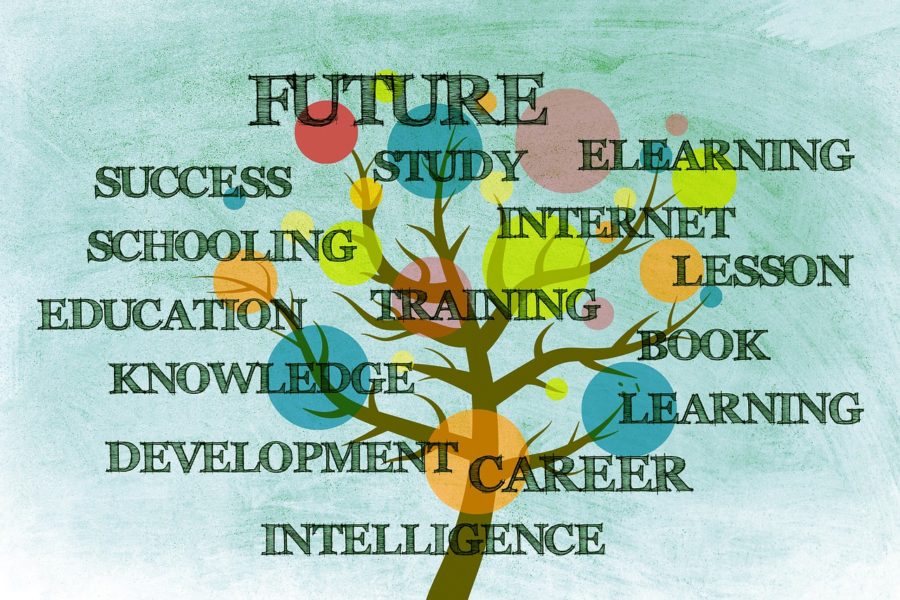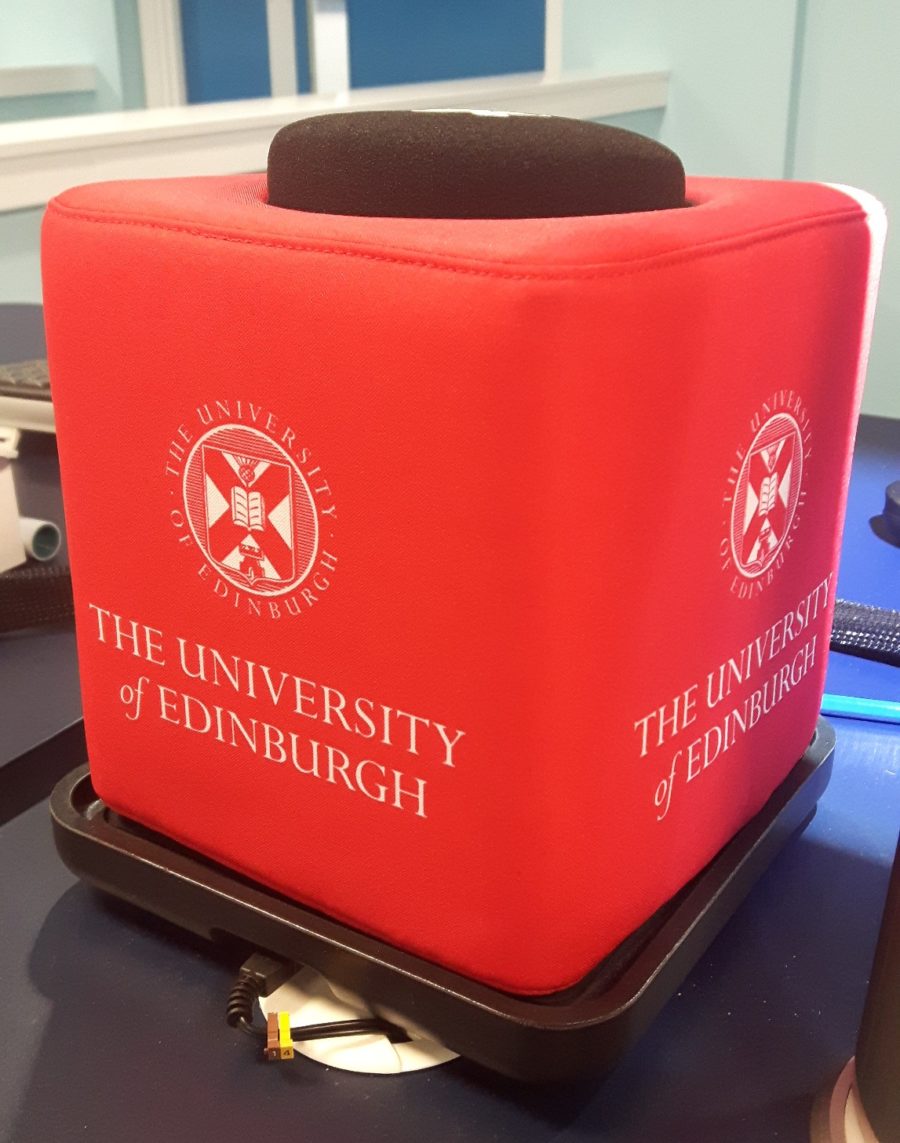Let’s get some perspective…
Here are some resources I’ve collected to help with mindfulness meditation, metta bhavana (loving-kindness), relaxation and focus. I hope they’re helpful.


Here are some resources I’ve collected to help with mindfulness meditation, metta bhavana (loving-kindness), relaxation and focus. I hope they’re helpful.

Recently, I was lucky enough to take part in a mindfulness meditation session arranged by the University Chaplaincy as part of Mental Health Week. It was a very peaceful break in the day, and definitely one of the nicest ways of raising mental health awareness.
I have always been a fan of mindfulness, or ‘Buddhist Meditation on the Mindfulness of Being’ as it was called when I first tried it at Glastonbury in the 90s. I’m an old hippy, I’ll own that.
But meditation practice has had very beneficial effects in my own life, in improving focus, reducing stress, and generally re-evaluating my perspective on things. For the last couple of years, I have been going to weekly Mindfulness @ Lunchtime meditation practices at St Mark’s Unitarian Church whenever I could get there, and I’ve found these sessions very helpful. So I was very interested to see this offer from Mindful Schools, encouraging the practice of mindfulness in education.
But how is it being used? Here’s an example for teachers:
Follow this link to find a 3 minute sample guided mindfulness meditation for teachers at the beginning of the school day from Mindful Schools. I found it through a LinkedIn advert. It’s short, and I really like it:
Pause and Check In: 3 Minute Mindfulness Meditation

Yesterday I went to a training session on Media Hopper Create, which is like the University’s own internal version of YouTube, with some video editing features.

In this section, we are thinking about learning and teaching spaces from the point of view of the student.
The first task was to make a list of places where students might engage with learning, and here is what I came up with.

 Free Printable 2020 Calendar from PublicDomainPictures.net
Free Printable 2020 Calendar from PublicDomainPictures.net
I have been keen to add my work Office 365 / Outlook calendar to my personal Google calendar so I can be better prepared for what’s coming up at work each week.

I went to a training session on using the audio-visual equipment in the lecture theatres, and there were several things that caught my interest.
The first point was how much audio visual technology has moved on in general since my student days. There are cameras and speakers in the ceilings, and several big screens around the rooms which can be used to project either the camera feed or a computer screen displaying presentation slides (or both).
Remote controls are unique to the equipment in each lecture room, in theory to discourage borrowing, though apparently they still go missing more often than you’d think 🙄.
Stranger still, unless an opt-out is prearranged, every lecture is recorded by default and stored in an online database for at least several years. These can be accessed and played back later using Media Hopper Replay.
The lecturers have to remember to wear and activate microphones to project and record the audio, and they can also pause and restart the recording with a set of control buttons. The recordings finish at the pre-set time, and do not add on the times when recording was paused.

The Catch Box: Smart, well-designed, professional, great for throwing at/to students
The Catch Box is a microphone designed for question and answer sessions with a student audience. The microphone is safely embedded in a padded cube so that it can be thrown at (or to!) the questioner, perhaps depending on the behaviour of the audience and general mood of the room😄.
The physical act of throwing and catching it is an important part of engaging the students and encouraging them to speak out, according to the company’s website:
Catchbox encourages everyone to join the conversation. The unique fun-factor of catching and throwing breaks down barriers and allows people to feel confident when sharing their ideas.
Afterwards, it recharges wirelessly by fitting neatly onto a square charging pad.
And best of all – this is what I liked about it most of all – the microphone is held in place by magnetism. It’s hard to pull out of the padded cube, but can be easily removed by twisting the microphone 90°, which breaks the alignment of the magnets and stops them attracting.
It looks so simple, with such an all round elegant design, combined with clever use of behavioural science. It almost surprises the students into taking a more active role in their learning – I love it. Might get one to throw at my own kids.
Here’s a short video showing the Catch Box in action:
https://www.facebook.com/Catchbox/videos/135603674483606/

Information about the Near Future Teaching Project can be found here: https://www.nearfutureteaching.ed.ac.uk/
Some very interesting issues were raised for discussion in the Near Future Teaching Project, relating to the roles played by technology in causing and adapting to various possible changes predicted in society. I have made notes on some of this below, but so far I still feel I have barely scratched the surface!

This is how the original authors described the Manifesto for Teaching Online:
Although there are many ways of reading the manifesto, one intention is that it be seen as productive in thinking through the design of online education and assessment – something that teachers might find useful and generative. It is intended to stimulate ideas about creative online teaching, and to reimagine some of the orthodoxies and unexamined truisms surrounding the field. Each point is deliberately interpretable, and it was made open so that others could remix and rewrite it.

Hey, that’s my old phone they’ve buried in a sandpit…!
…in the Manifesto for Teaching Online…
…and look at the caption…
…the irony!
Powered by WordPress & Theme by Anders Norén